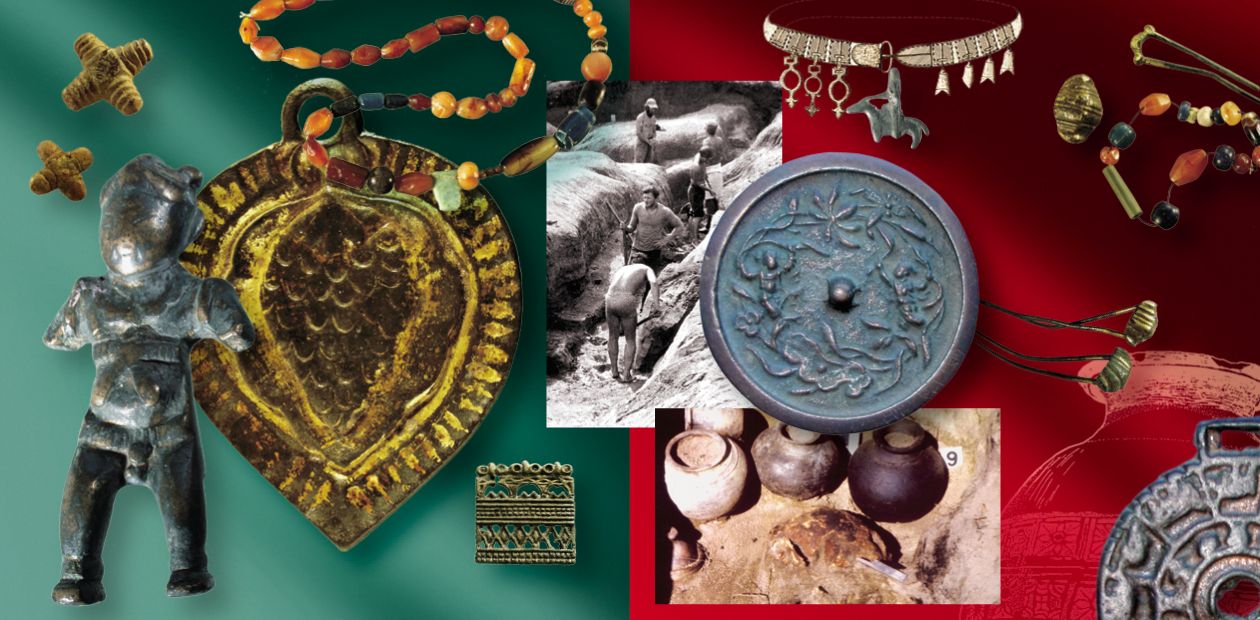The Rise of the Golden Empire of Jurchen
The Jurchens are a Tungus-Manchurian people whose history and culture could be compared to a gold nugget, a treasure still shining today from ancient times. The founder of the Empire called the Golden Empire (in Chinese, Jin) was Aguda. He proclaimed the Empire in 1115; it existed for 120 years. That was a period of flourishing, the peak of economic and cultural development, the apotheosis of consolidation of numerous peoples who inhabited those lands. A lot of known written sources, in particular “The History of the Jin Empire” dating back to 1345, provide information about this. Nevertheless, modern books on history pay much less attention to the Jurchens than, say, to their western neighbors, the Tatar-Mongolians and the Empire of Genghis Khan, which was formed in the 13 th century
According to some data, in his youth, Genghis Khan was held captive by the Jurchens; there he adopted a lot of their secrets of the art of war. Though enriched with this experience, the commander, who claimed to the title of the “conqueror of the world,” proved unable to subjugate the Jurchens even in the course of wars of many years. According to his contemporaries, the Jurchen warriors “fought as though spirits were giving battle and ultimately won battle.” This must have been the reason why they managed to create such a vast empire. Besides their historical land — Manchuria, Primorje, and the Amur River basin (Priamurje) — it included Northern and Central China, and Inner Mongolia. At that time, the Chinese constituted 87 per cent of the total population of the Jin Empire, whereas the proportion of the Jurchen conquerors was about 10 per cent.
As for the earlier period of the rise of the Jurchens in the territories of the Empire which subsequently became peripheral (such as Russian Priamurje and Primorje), historical chronicles contain rather scant information, since they had no chroniclers of their own. On the other hand, the Jurchens, or the Amur Tunguses as N. Bichurin, an outstanding Russian orientalist called them, left a multitude of amazing artifacts concealed under layers of earth in hundreds of treasures, burials, sites of ancient settlements, and temples. So, in the course of excavations of the Korsakov burial ground on Isle Ussuriiskii alone, more than nine thousand artifacts made of metals were found, among them gold and silver ware.
Of course, the significance of the heritage of the Jurchens cannot be measured by the amount of gold it contains. It is a historically invaluable memory of an ancient culture that made an immeasurable contribution to the world civilization. Unique and, for the most part, highly artistic works of art made by medieval jewelers, bronze-founders, armorers, and potters (shown on these pages) will undoubtedly arouse the readers’ curiosity about this undeservedly forgotten Empire, the fatherland of brave warriors and inspired creators.
Photos by V. Kavelin






